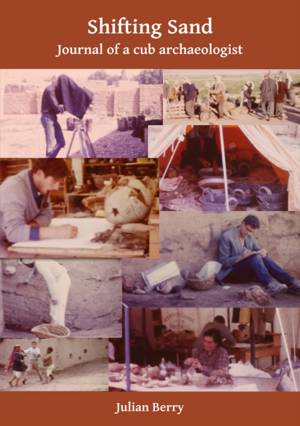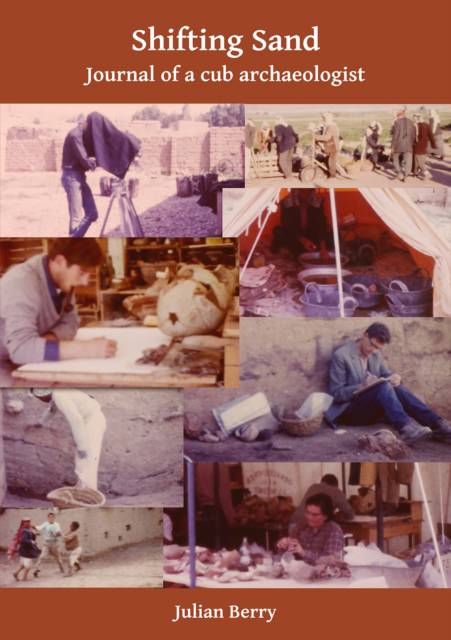
- Retrait gratuit dans votre magasin Club
- 7.000.000 titres dans notre catalogue
- Payer en toute sécurité
- Toujours un magasin près de chez vous
- Retrait gratuit dans votre magasin Club
- 7.000.0000 titres dans notre catalogue
- Payer en toute sécurité
- Toujours un magasin près de chez vous
Description
Shifting Sand is the journal of Julian Berry, then a 17-year-old archaeologist, written on-site during excavations in Deir Alla, Jordan, in 1964. The dig was organized by the University of Leiden and led by Dr Henk Franken who was looking to find a material context for Old Testament narratives, and to build a stratigraphic chronology to mark the transition from the Bronze through to the early Iron Ages based mainly around pottery finds. When the author was working on the site, three clay tablets were discovered from the late Bronze Age with early Canaanite inscriptions, that when translated in 1989 showed that Deir Alla was the Biblical Pethor, and that it had been attacked by Israelites from Pithom in Egypt. Later a wall inscription was found in Aramaic dating to 880-770BCE referencing the prophet Balaam. Berry was as much interested by what was going on above ground as below, and kept a detailed journal of the daily lives of the archaeologists and life in the camp. The dig also had many fascinating and famous archaeologists visiting, including Father Roland de Vaux, and Diana Kirkbride. During breaks from the dig Berry went on a number of journeys in Jordan, Lebanon and Syria and he describes their cities, but also the very tranquil agricultural countryside that he found at that time. He discovered adventure when a drunk taxi driver tried to murder him as he resisted his advances; later he was caught up in a revolt against Hafez al-Assad in Homs, father of Bashir, and was asked by a taxi driver if he had come to Damascus to see the public hanging. Above all this book should be read as fascinating insight into the lives of archaeologists over 50 years ago, and the very close links between the European team, the Arab workmen, and the daily life in a simple mud-brick village.
Spécifications
Parties prenantes
- Auteur(s) :
- Editeur:
Contenu
- Nombre de pages :
- 90
- Langue:
- Anglais
- Collection :
Caractéristiques
- EAN:
- 9781784916596
- Date de parution :
- 03-10-17
- Format:
- Livre broché
- Format numérique:
- Trade paperback (VS)
- Dimensions :
- 142 mm x 208 mm
- Poids :
- 199 g

Les avis
Nous publions uniquement les avis qui respectent les conditions requises. Consultez nos conditions pour les avis.






